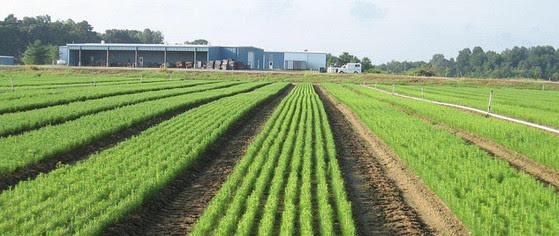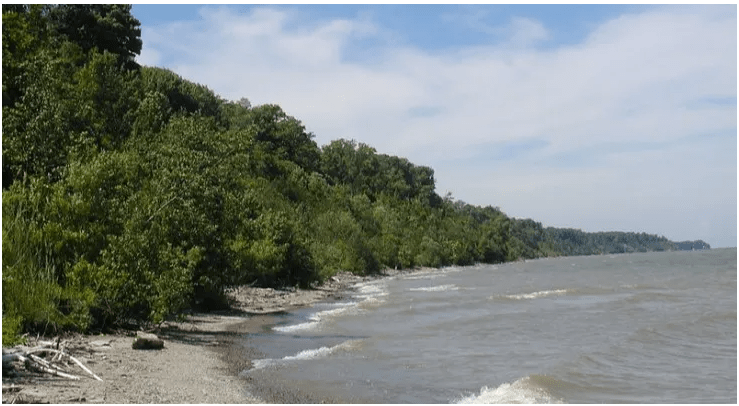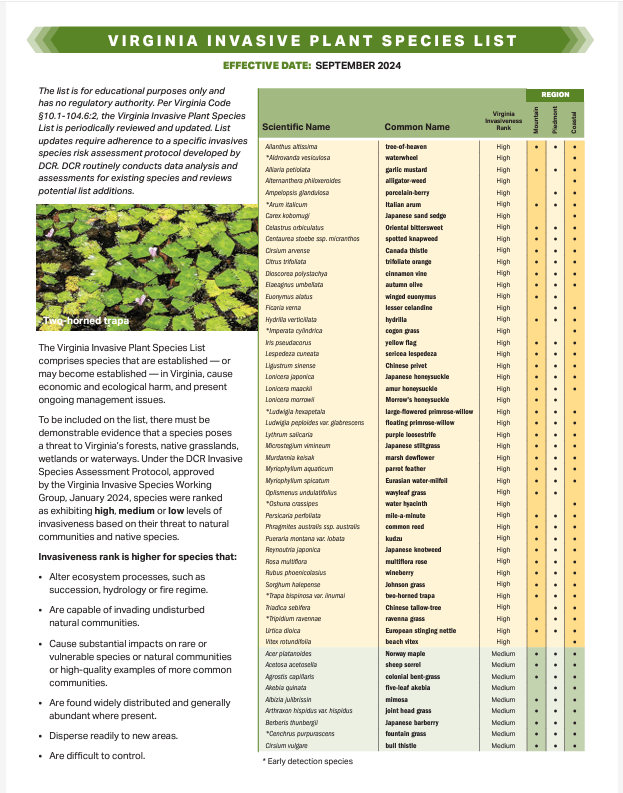Order Now for Spring Tree Planting Projects
Traditionally, fall is the time when state tree nurseries begin taking orders of bareroot seedlings to be used in spring planting projects. For 2024, the state nurseries in Maryland and Virginia are now open and have new selections for their customers.
In Maryland, the John S. Ayton State Tree Nursery offers more than 55 species designed for Maryland ecosystems. According to the state Department of Natural Resources Forest Service, they have “more than three million seedlings available.” The Virginia Department of Forestry’s Seedling Store offers bareroot seedlings as well, along with specialty seedling packs “to meet specific goals like fall colors, riparian buffers, or pollinator and wildlife habitat.”
Learn more:
John S. Ayton State Forest Tree Nursery
Virginia Department of Forestry Seedling Store

New Addition to National Old-Growth Forest Network

Pennsylvania’s Erie Bluffs State Park was recently inducted into the national Old-Growth Forest Network (OGFN). The park is the 33rd forest in the state to be recognized for its ecological significance. The park consists of nearly 430 acres along the Lake Erie shoreline, and boasts a canopy of oaks, sugar maples, and the rare pumpkin ash, and includes rare black oak woodland/savanna ecosystems, Great Lakes sand barrens, and a forested wetland.
Food Forests Help People and Ecosystems
A recent article from the Maryland Department of Natural Resources examined the expanding practice of agroforestry in the state. Agroforestry incorporates native fruit and nut-bearing trees and shrubs to create multi-purpose areas that benefit people and ecosystems. One of the examples in the article is a new concept on state public lands: the Edible Trail at White Marsh State Park in Centreville. The trail is designed to have fruits and nuts available for the public during various times of the year; although the paw paw trees are not yet mature, visitors can take home hazelnuts, blueberries, or persimmons in season. The article also highlighted food forests created by individuals using a variety of techniques, grant sources, and resources to consult.
13 Species Added to Virginia Invasives List

The Virginia Department of Conservation and Recreation recently added thirteen new species to its Virginia Invasive Plant Species List. The list now includes 103 different species that the DCR determines are threats to Virginia’s ecosystems, and are ranked by their threat level (low to high). While the DCR list has no regulatory authority, the agency provides it for educational purposes. To read the full list with photos, visit this site.
Branching Out, Vol. 32, no. 4 (Fall 2024)
Branching Out is the free, quarterly newsletter of the Woodland Stewardship Education program. For more than 30 years, Branching Out has kept Maryland woodland owners and managers informed about ways to develop and enhance their natural areas, how to identify and control invasive plants and insects, and about news and regional online and in-person events.